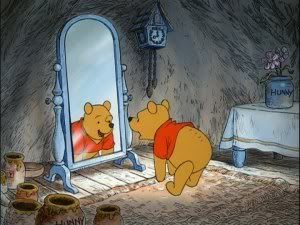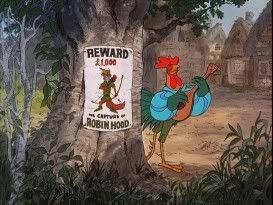In 1940's, there was NO such thing as Widesceen. The films were made in the Academy ratio: 1.33:1 Fullscreen. Of course, films like Fantasia and The Three Caballeros show moments where the film looks like it CAN be cropped. But don't completely count on that.
Here's an example of a 1940's fullscreen film:

Bambi, when released in the 1940's, was intended to be presented in a 1:33.1 Aspect Ratio. This film cannot be matted.
In the 1950s, 60s, and 70's, Things took an interesting twist. After Lady and the Tramp, and Sleeping Beauty, widescreen became a motif in films. But if that's the case, why in the world is 101 Dalmatians,The Sword in the Stone, The Jungle Book, The Aristocats, Robin Hood,and The Many Adventures of Winnie the Pooh in FULLscreen?
I noticed one day, while watching 101 Dalmatians, and Winnie the Pooh, that these films had an abundant amount of space, Never used on the screen. Here's what I mean:

Why did the films look like this? I've said it time and time again, these films were MEANT for Widescreen. Look at these examples and see what I mean:
This is Winnie the Pooh's Originally Created Aspect Ratio in 1977:

This is the intended 1.75:1 Widescreen Matted Aspect Ratio:

See the difference?
Now Look at the Robin Hood examples:
Fullscreen:

Intended Matted Widescreen:

Matted Widescreen really comes in handy when you've got films that were created this way. It doesn't COMPLETELY work at some moments, but it works. So, is it safe to say that the Disney films of the 50s, 60s, and 70s were designed for Widescreen? Yes, most definitely.
I hope this forum has been very helpful to you. Thanks for reading.
--TonyWDA











